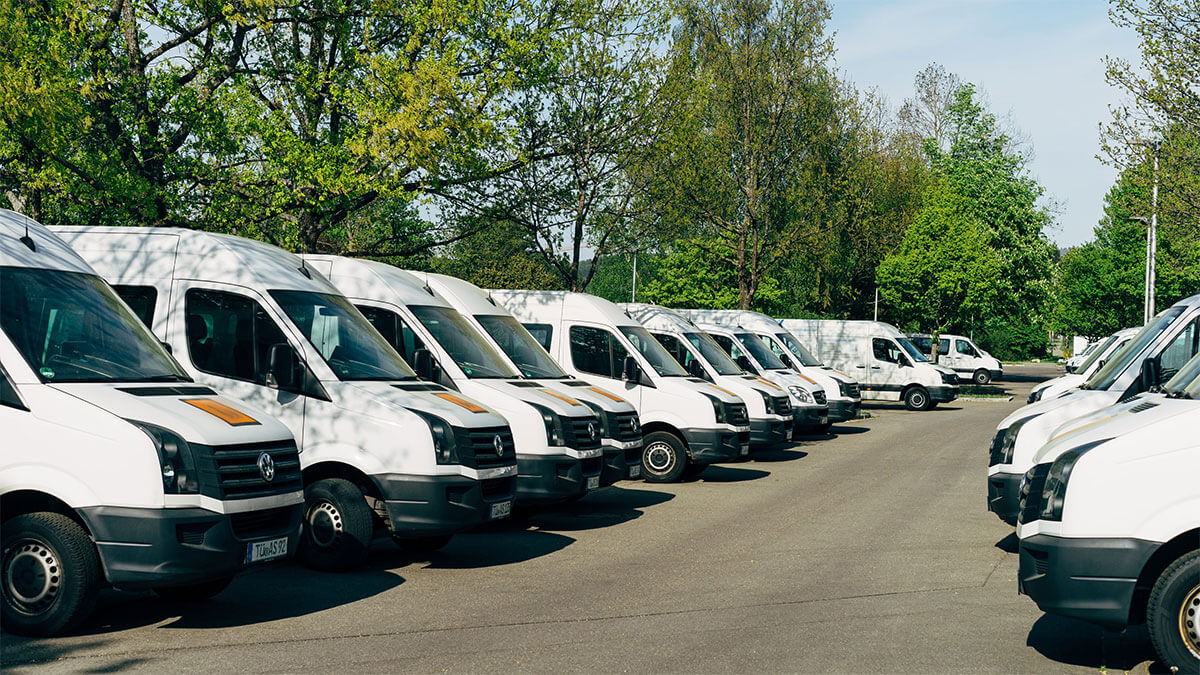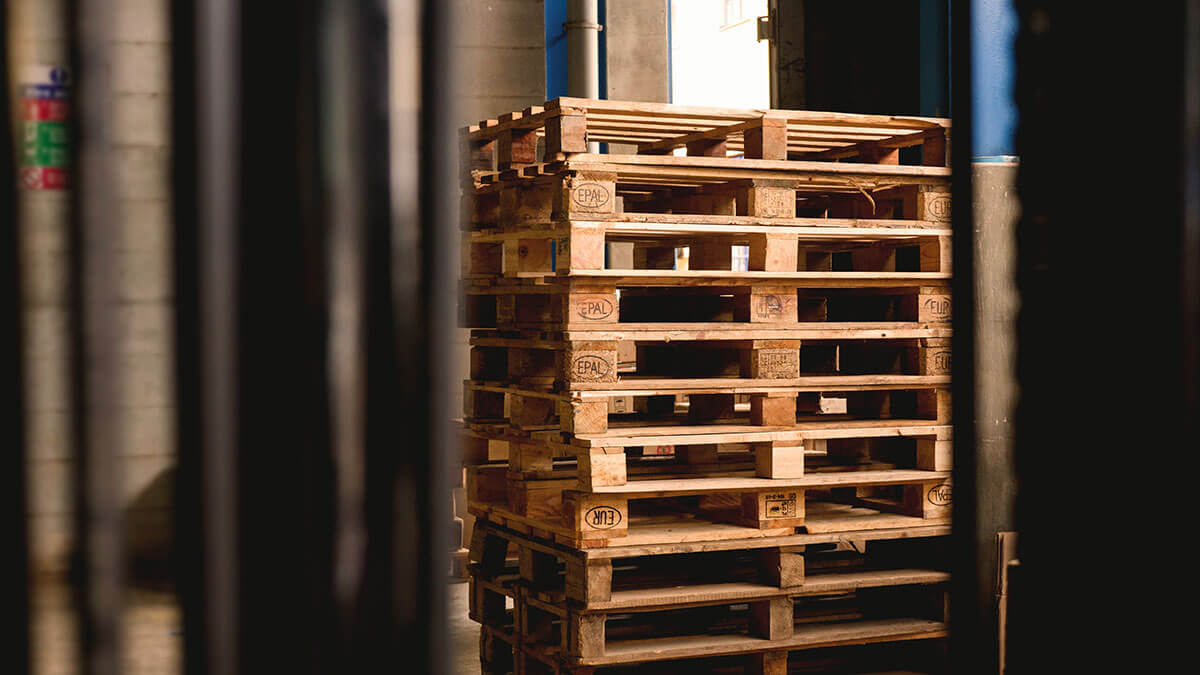
The challenges of last mile delivery, indeed! If there is one “industry” that was not as deeply affected by Covid-19 — but was benefited instead — it is, without doubt, what we call the “last mile delivery”. Truth be told, all businesses that involve such activity, either as a core trade or as a complementary service offered to their customers, were needed to operate like a well-oiled machine to serve the increased number of requests, at a very, very short notice.
And while this may sound like a positive turn, the truth is that these increased needs were added on top of the already challenging aspects of last mile delivery; making management much more demanding than it was so far. And that is exactly what we’re going to discuss below; the challenges of last mile delivery.
But first, let’s start with the basics. There’s nothing like an all-around perspective of the topic in discussion before you grub into it.
What is “last mile delivery”?
Last mile delivery refers to all operations that serve the final part of the supply chain. Simply put, it’s the last step in delivering a product from retailer hubs or warehouses to end-customers. And these customers may either be businesses (B2B) or consumers(B2C). As for the products, they can be goods or any type of cargo that differs in weight, size (volume) or fragility.
Companies — or services — that transport these products to customers use delivery trucks, vans or any other type of freighter vehicle, based on the type of products. They need to employ trained drivers that cover short or longer distances to deliver these products, as fast as possible. But, the truth is, swift delivery is not the only objective when it comes to last mile delivery. And, if you’re already in business involving last mile delivery, you’re probably aware of the challenges and the long list of pains points it involves.
What makes last mile delivery that challenging?
As mentioned, all these parameters regarding product types, distance to be covered before delivery is made, the final destination and so on, add up to a jigsaw puzzle that fleet managers tasked with last mile delivery coordination are called to solve. More specifically, the challenges of delivering products to their final destination revolve around the objectives of the process which, more or less, demand for increased speed of delivery, optimized customer experience and minimization of costs. Sounds simple? Well, it’s not. These things require a few problems to be resolved, first:
1. Traffic congestion
When delivery vehicles are stuck in traffic due to increased congestion and drivers must also deal with parking difficulties this will definitely cause delays in delivery of goods. It is the most common issue, as far as the challenges of last mile delivery go.
2. Customer punctuality
Even if you’ve scheduled an appointment with a customer to deliver their order, they may not be that punctual, keeping your drivers waiting. This results in extra hassle, throughout your daily workflow. Much more so, when the delivery process needs to be repeated due to returns; faulty products and errors in orders fall under this category. All these incidents will definitely cause some extra coordination headache. And, idle time is one of the most prominent problems we see as part of the challenges of last mile delivery.
3. Increased costs due to single-destination deliveries
There is nothing more challenging than trying to group deliveries in an efficient way, to decrease the costs incurred by single-destination deliveries. Especially when incoming orders keep stuffing the pipeline in an unpredictable way. That makes grouping deliveries — based on location and by priority — a really mind-bending experience. But, it’s an essential one.
4. Routing complexity
Even if grouping deliveries is, somehow, feasible and you are able to group some of the delivery-routes efficiently, plotting routes is near impossible when you have to do this for a large number of deliveries within the same day. As mentioned, last mile delivery is challenging, in and by itself. The COVID-19 quarantine and social distancing that have increased everyone’s needs in ordering a delivery. This has skyrocketed workload for all delivery services; thus, adding up to the challenges of last mile delivery.
5. Road safety issues
Your drivers are out there in their vehicles, trying to deliver cargo, as timely as they can. Safety on the road affects not only your personnel’s well-being, but vehicles maintenance. And, as for the delivery cargo, you need to make sure that it will be delivered undamaged and on time.
6. Driver behavior and collaboration issues
Driving behavior and timeliness in making your deliveries are, of course, critical aspects of your business. Making sure that your drivers do not deviate from the routes you’ve already agreed on, is important in remaining punctual and efficient. Following alternative routes that may result in delays will only compound your problems; and result in customer dissatisfaction.
Summing up, the challenges of last mile delivery are what make this final leg of the shipping process so demanding. But, the good news is, there are ways you can address them efficiently.
Still here? Great! Let’s go through some of the things you can do to make sure you manage last mile delivery as best as possible.
How to tackle the challenges of last mile delivery?
All in all, you need to focus on improving your overall strategy. And tapping into the relevant, readily available tools will help you get closer to your objectives; and significantly reduce hassle . In particular, you need to focus on the following:
1. Resolve allocation problems in advance
Make sure that you’ve double-checked and confirmed the destination address. That simple action ought to reduce wasted efforts by a lot.
2. Manage order density
Make sure you make the best out of your drivers and vehicles. A standard suggestion would be to group vehicles and drivers in clusters, based on location.
3. Adapt routes and deliveries to customer availability
It should be self-evident but, most of the time, it’s quite difficult to balance that against driver/vehicle availability. Still, you should try it, whenever the opportunity presents itself.
4. Dynamically change routes
Needless to say, you need to find a way to keep in tabs on your drivers and be able to dispatch new directives as to where they need to be heading. Take, for example, the case when a customer informs you — making a call at your office or store — that they will not be available at the prearranged time or place. Adjusting routes, saves you time, fuel and vehicle depreciation 😉.
5. Ensuring safety of drivers and vehicles within a congested city
How? Well, there are many things you can do. As discussed here, on our blog, you should offer your drivers training on defensive driving. And it should be made a priority. Apart from that, you need to filter candidate drivers, based on the right criteria; make sure that you set the standards high and you have acquired some of the best drivers available, for your fleet.
6. Resolving unpredictability
That is, in terms of transit. You can do that by gathering trip log data and analyzing it to help make better decisions.
7. Coordination of the whole delivery process
Yes, the whole delivery process, not just delivering products; allowing for customers to know exactly when their order will be delivered. And this, again, refers to double-checking the delivery address and making a second call to confirm delivery details. Especially when the destination is really distant or forbids a second destination from being added to the route.
How Veturilo can help deal with the challenges of last mile delivery
Veturilo is a really useful tool to coordinate your drivers. How? Well, knowing exactly where each vehicle is, at any time, so that you can redirect drivers to different destinations, as required. And, besides that, you can be in the know, with respect to how they actually behave on the road. Are they driving safely? If you know exactly when potentially dangerous driving behaviors take place and by who, you’ll be able to act accordingly. Especially if you also get a historical record of when such behaviors are being repeated, by whom. It’s a great advantage that will help keep your business safe. Repetitive hazardous patterns in driving behaviors should not be neglected.
Most importantly, you’ll know exactly when they arrived at their destination. That’s how you can deal with unhappy with customers when you’ve received complaints about delays. All this information is available to you from your mobile phone or your desktop PC, allowing you to efficiently coordinate all of your last mile deliveries. How’s that for dealing with the challenges of last mile delivery?
Now, you deal with the challenges in last mile delivery!
As should be obvious by now, addressing the challenges of last mile delivery is, eventually, feasible. Shipping with accuracy and timeliness should be your highest priority. And you can do just that, by adapting your business strategy towards analyzing behaviors and results, making the best out of readily available tools, like Veturilo. Keep in mind, there’s always room for improvement. And, until drones and self-driving cars become the standard and revolutionize the last mile delivery, we’re pretty sure you’ll need to be efficient and stay one step ahead of competition. Right?
